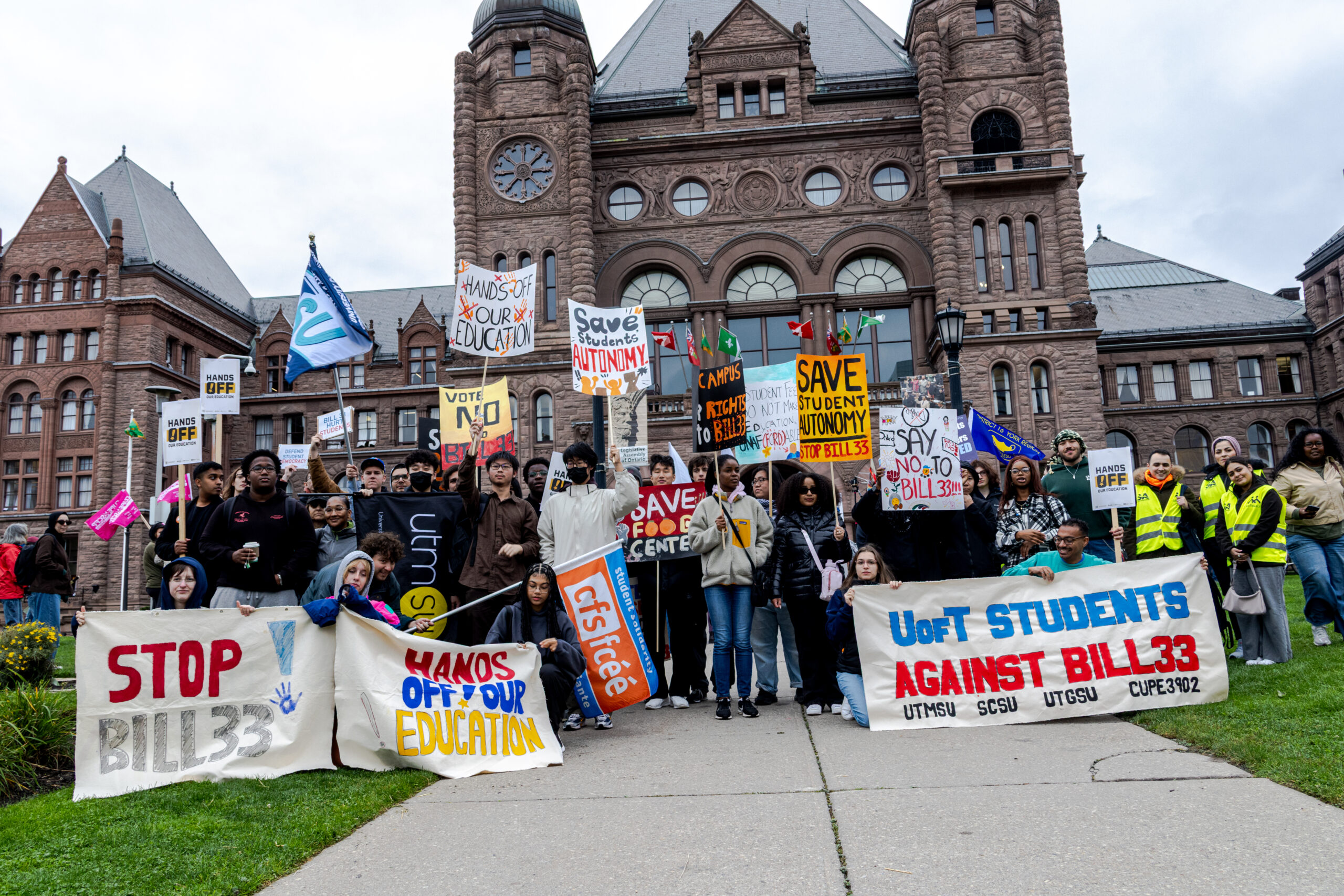
It was 5:30 a.m. on Thursday, April 3. Loyalist College student Aaron Murray, 21, was driving home on Highway 7 near from an overnight shift on an unpaid placement as a security guard at Trent University.
According to an article in the Toronto Star, before his placement shift, Murray had worked a shift at McDonalds, where he was a manager after grabbing a short nap after the previous day’s night shift. Halfway home, his car crossed over the centre line and collided with an oncoming vehicle. He died in hospital the following Monday.
“Folks are engaging in paid work because they have to get by but they’re are also in school programs, and paying for the school program and then working for free,” said Josh Mandryk from Students Against Unpaid Internships. “It’s a big burden being placed on young people.”
George Brown College (GBC) graduate Cindy Brownlee Weber knows what it’s like. As a student in the early childhood education and the autism and behavioural science programs she did a total of seven placements in her college career – none of them were paid.
“If you’re working eight hours at your placement and you still have three or more hours of homework writing up a report, it doesn’t leave many hours to work. I wound up having to take out a lot of loans,” said Brownlee Weber who says she wound up with $34,000 of debt even after working a part-time job while she was going to school.
In a 2013 study looking at the experiences of Ontario graduates of Work Integrated Learning by Julie Peters and Peggy Sattler, who is now an NDP MPP for London West, lack of payment was the number one challenge cited by students. Fifty three per cent of college respondents said not being paid was a challenge, with 34 per cent rating it a major challenge.
“What’s more important to the student and the employer, the experience or the payment?” asked Laura Jo Gunter, GBC’s senior vice president of academic. “It would be great for students to earn money while they do it, but if that becomes not a possibility what becomes more important to them?”
In the study, the top motivation for students to do work integrated learning was to “gain practical work experience.” Earning money actually ranked the lowest of reasons students gave why they did work placements.
Gurjinder Singh, 22, is a bachelor of business student at GBC and has already done three co-op terms with top financial firms including State Street, KPMG and BMO Nesbitt-Burns.
“I applied right out of high school,” said Singh. “I knew that if I was going to get educational experience I would need work experience to follow that to prepare me for the workforce.”
All of Singh’s co-ops were paid ranging from $12 to $21 an hour. According to Singh, all were very demanding and intensive.
“The two-week training was very intensive. They made sure they drilled it into your mind for when you hit the floor,” said Singh. “Once you hit the floor, you were running. They were giving you projects right away. You had maybe two hours on the first day to adjust but after that it was ‘Go! Go! Go! Go!’”
Exactly how many students are participating in work-integrated learning programs in Ontario is unclear.
According to Tanya Blazina, from the Ministry of Training Colleges and Universities, the government does not collect that information and does not track the outcomes of students who participate in workplace-based learning.
“Action needs to be taken,” said Mandryk. “The government needs to review all of the laws around unpaid internships, including those that go through post-secondary institutions. That’s something we’re going to hammer away on.”
An education fund has been set up for Murray’s month-old son Jude.


